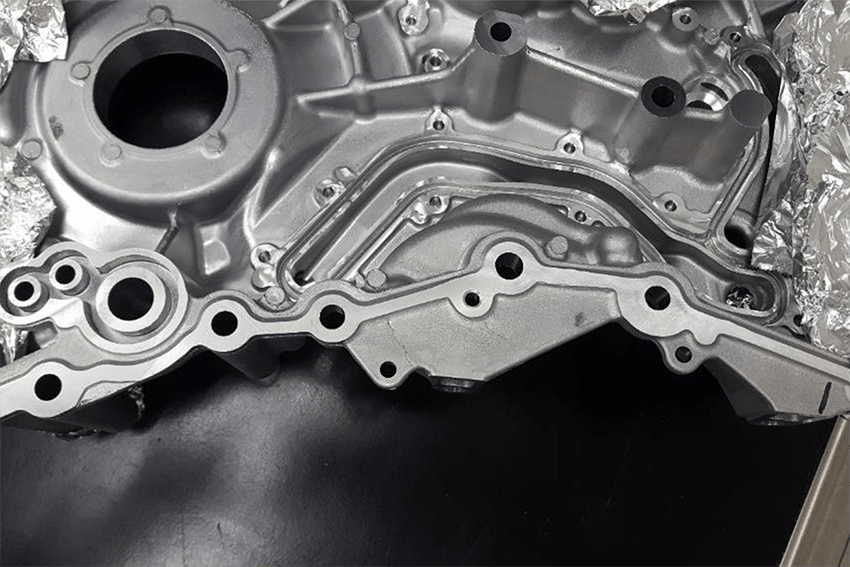Surface Requirements of Aluminum Castings
Automotive manufacturers widely utilize aluminum castings as the most successful way to create aluminum parts. However, this process can involve inorganic contaminants on the surface which interfere with potential bonding, sealing, or coating. Scientists at Brighton Science conducted a surface analysis test for an automotive company by measuring contact angle with theSurface Analyst™to determine the condition and cleanliness level of their aluminum castings.
The manufacturing process for creating aluminum castings can sometimes entail silicone mold release or conversion coating which spells disaster for adhesive applications like bonding, coating and sealing. Because of this, the surface preparation processes of these castings plays a pivotal role in the success of high-performance adhesion.
For this analysis, staff at Brighton Science took surface measurements of the client's product in four different quality states and preparation processes: as-received, after multiple isopropanol wipes, after multiple hexane wipes and after abrasion with sand paper.
Knowing if the Surface Treatment Process Actually Works
The as-received surface produced inconsistentnba直播欧宝 variations. The isopropanol and hexane wipes both produced more consistent, but high contact angles. The isopropanol produced an average contact angle of 80° and the hexane produced an average contact angle of 85°. These high contact angles are consistent with silicones or flurocarbons. Thus, the wipes removed the upper layers of contaminants to reveal a surface consistent with silicones or flurocarbons often found in conversion coating and mold release.
It wasn't until a treatment with abrasive paper that the contaminants--organic and inorganic--were properly removed to reveal a contact angle of 11°. This demonstrates the elusiveness of contaminants which can be both organic, inorganic and layered. The wipes removed the organic contaminants on the top, only to reveal the more threatening inorganic contaminants which sometimes occur as a result of machining.
Without the Surface Analyst, these contaminants may have remained undisclosed. Surface processes differ in their requirements and tests like these emphasize how important it is that engineers who are developing new products, working with new materials, creating a new processes or have an active issue in production partner with experts in surface science and use precision tools to monitor surface quality.
Download the eBook and checklist, "Adhesion Failure Root-Cause Analysis for Manufacturers" to learn how your business can implement surface intelligence to find the root cause of adhesion failure and correctly build adhesion processes, from the beginning.

